
Rethinking the Tarrasque: Alternative Lore and Storytelling Threats
The Tarrasque is the apex predator of Dungeons & Dragons—an unstoppable, city-flattening kaiju that exists in nearly every edition of the game. With horns, spines, and an unyielding hunger, it is  often depicted as the ultimate “final boss” for high-level adventurers. But what if we reimagined the Tarrasque? What if instead of being just a rampaging lizard of doom, its origins and purpose were far stranger—or more tragic?
often depicted as the ultimate “final boss” for high-level adventurers. But what if we reimagined the Tarrasque? What if instead of being just a rampaging lizard of doom, its origins and purpose were far stranger—or more tragic?
Below are four alternative lores for the Tarrasque, along with narrative threats they bring to your campaign.
1. The World’s Immune System
Lore:
Rather than a mere monster, the Tarrasque could be the planet’s way of defending itself. Its horns and spines are not just natural weapons, but conduits for primal magic—the immune response of a world under attack. Whenever extraplanar invaders, gods, or unchecked mortals threaten the balance, the Tarrasque awakens. It isn’t evil—it’s simply the world’s white blood cell writ colossal.
Threats:
-
The Tarrasque senses your adventurers’ meddling with cosmic magic and awakens—are they the infection?
-
Summoning fiends or aberrations in great numbers may trigger the beast’s awakening, drawing it toward the summoner (and everyone else nearby).
-
A kingdom that relies heavily on magic may be viewed as a “cancer” to be purged.
This interpretation makes the Tarrasque less of a random disaster and more of a terrifyingly impartial arbiter.
2. The Failed God
Lore:
The Tarrasque is what happens when a god fails to ascend—or is cast down mid-apotheosis. Its horns are the remnants of its divine crown, and its jagged spines were once wings of radiant light. Now stripped of intelligence and language, all that remains is hunger: the half-birth of divinity given form as eternal wrath.
Threats:
-
The beast hungers for worship, driving cults to arise that feed it sacrifices in hopes of restoring its godhood.
-
Adventurers may discover the Tarrasque isn’t mindless—its dreams pulse with fragments of divine will. Do they destroy it, or try to awaken the god within?
-
Rival faiths might see it as a test: slay the beast, or restore it to divinity.
This version shifts the Tarrasque from “monster” to “fallen god,” giving it rich moral and religious stakes.
3. The Dreaming Predator
Lore:
The Tarrasque doesn’t exist in the material plane—not fully. It slumbers beneath reality, its body half in the waking world and half in a realm of dream. Its horns and spines crackle with psychic energy, warping the minds of those who approach. When it stirs, the line between nightmare and reality dissolves.
Threats:
-
Wherever the Tarrasque sleeps, its nightmares leak out: cults, monsters, or even landscapes warped by its subconscious.
-
Slaying the beast doesn’t kill it—it merely wakes it more fully, pushing your world closer to collapse.
-
To stop it, adventurers may have to enter its dreams and confront the monster not as a brute, but as a dream-shaper.
This version lets you bring horror and surreal storytelling into the otherwise brute-force legend of the Tarrasque.
4. The Exile of a Dead Plane
Lore:
The Tarrasque is not native to the world at all—it is a refugee, or perhaps an exile, from a plane that should never have existed. In this shattered realm, titanic creatures with spines and horns were the norm, and survival meant endless conflict. When that plane collapsed under the weight of its own violence, a few remnants were hurled across the multiverse. The Tarrasque is one of them: not the strongest of its kind, but one that managed to cling to existence.
Its jagged horns and spines are not ornamental—they are its shield against far greater horrors. To the Tarrasque, our world is a soft one, full of prey that cannot strike back with the fury of its native rivals. But what if that plane still lingers, flickering on the far edge of reality? And what if the creatures that made the Tarrasque look small ever find a way through?
Threats:
-
World as Sanctuary: The Tarrasque awakens not to destroy, but to prepare the world against an invasion from its homeland. It rages not out of hunger, but fear.
-
The Survivors: A planar rift opens and more creatures like the Tarrasque begin to emerge—some smaller, some unimaginably larger.
-
Epic Exploration: High-level adventurers may discover the ruined plane still exists, a nightmare landscape where predators with armor like mountain ranges and horns like towers wage eternal war. It is a perfect setting for an epic-tier campaign, full of foes that dwarf even the Tarrasque.
-
The Call Home: What if the Tarrasque, after centuries on this world, hears the echo of its kindred? Does it try to return—or does it summon them here?
This version shifts the Tarrasque into the role of both invader and herald. It’s no longer just a destructive force—it’s a survivor from a harsher reality, and possibly a warning of far worse things to come.
Final Thoughts
The traditional Tarrasque is an awesome spectacle, but often it serves as a blunt instrument: a walking apocalypse. By reframing its horns, spines, and monstrous form as signs of something deeper—world’s immune response, failed god, dream predator, or exiled titan—you transform the encounter into something more than a fight. You create a narrative threat, one that challenges players to ask:
Do we destroy the Tarrasque… or do we dare to follow where it leads?
Thanks for reading. Until Next Time, Stay Nerdy!!





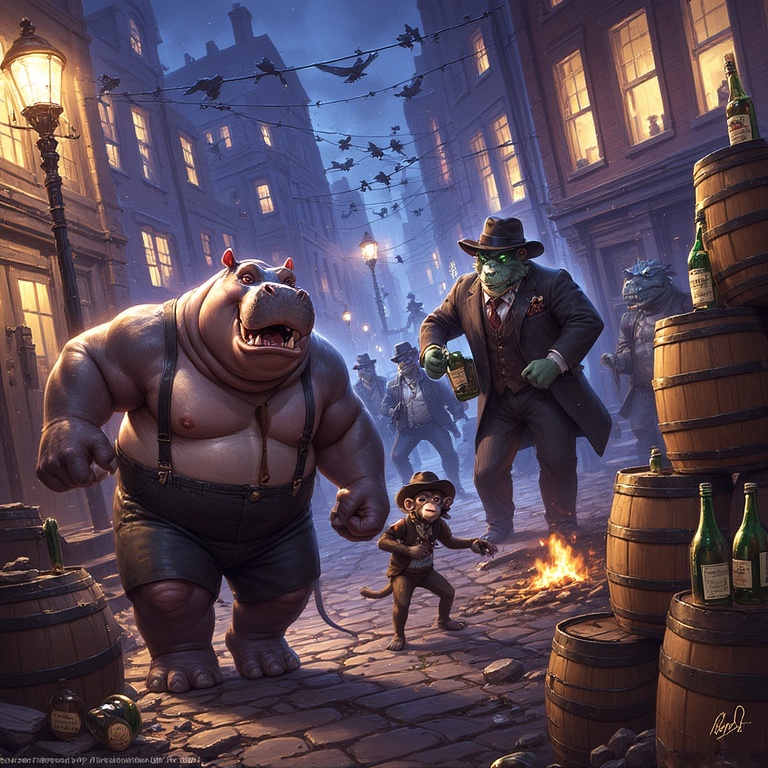
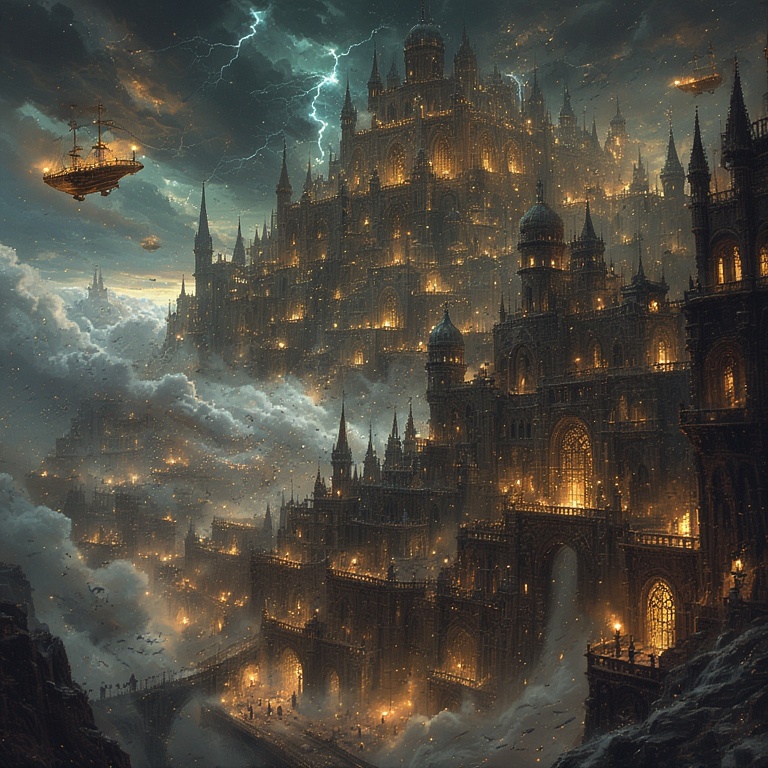
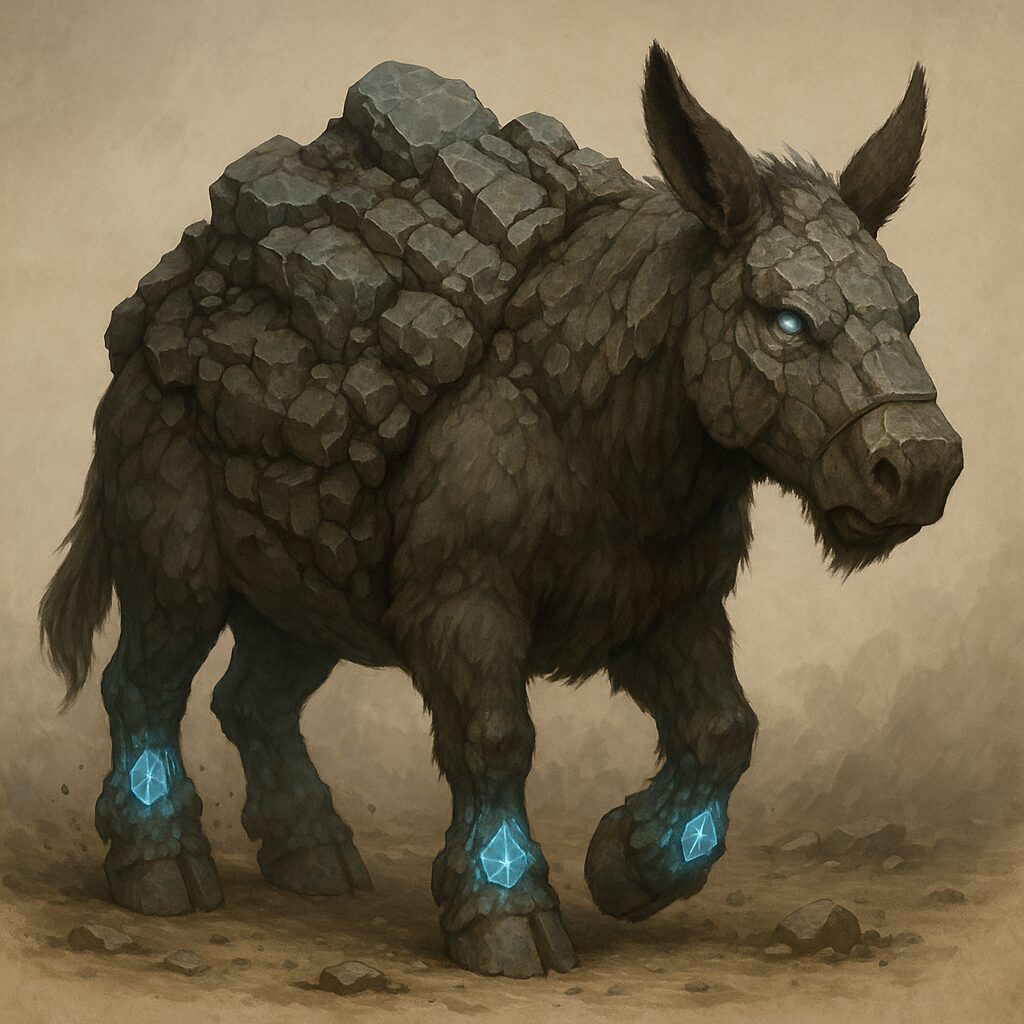
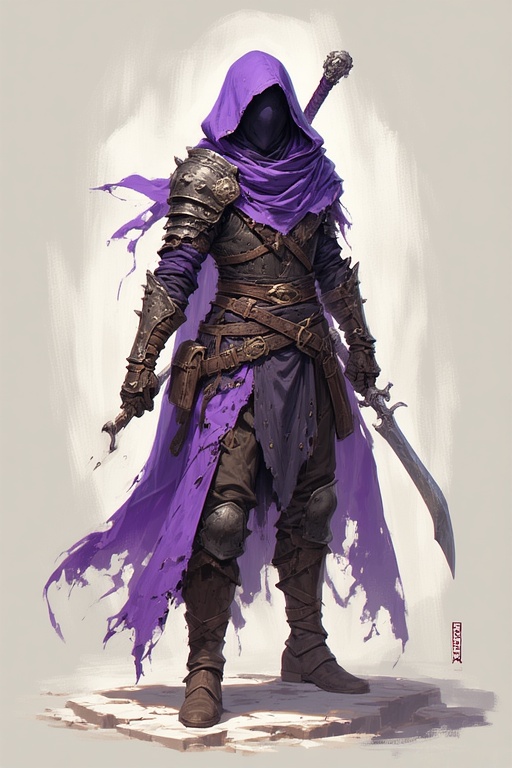
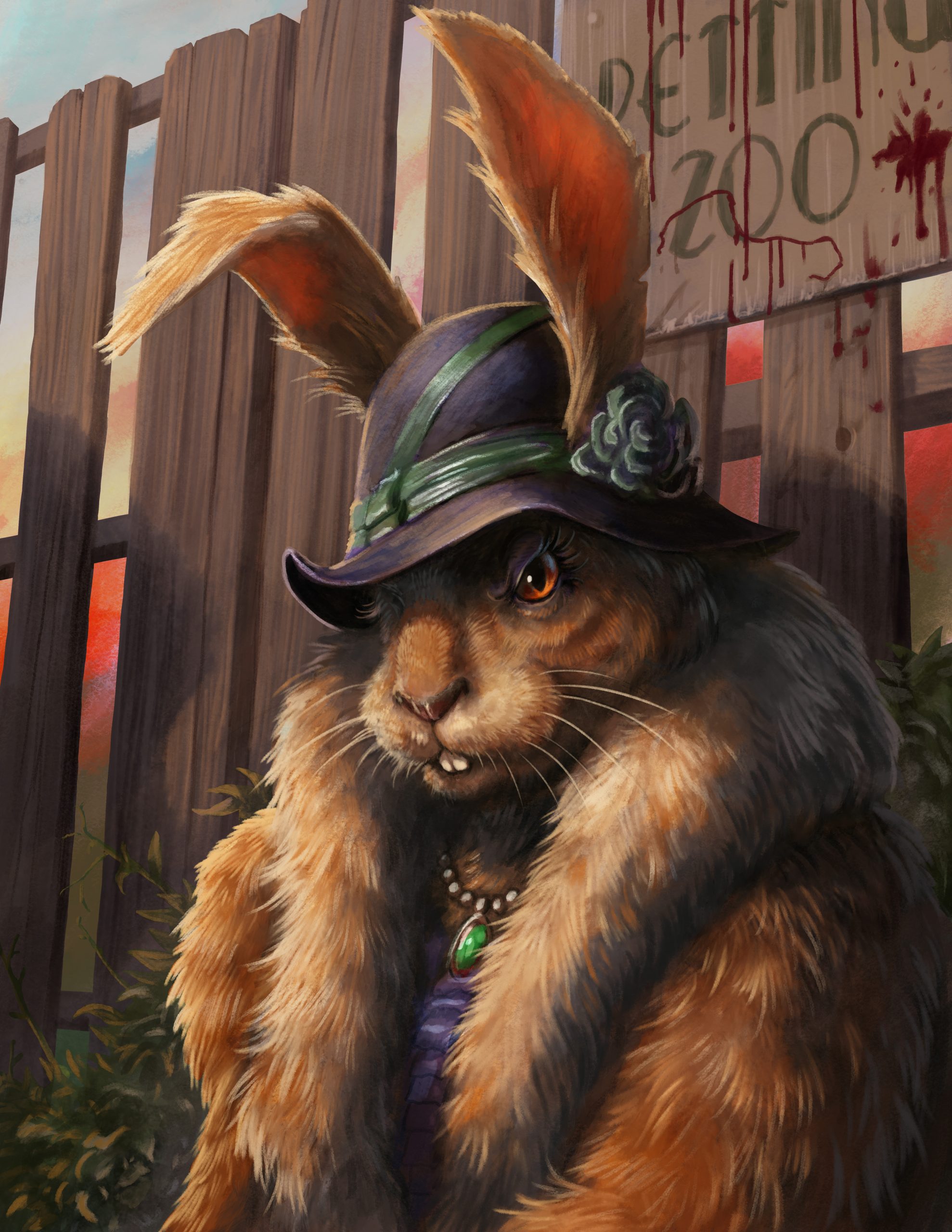
No Comments